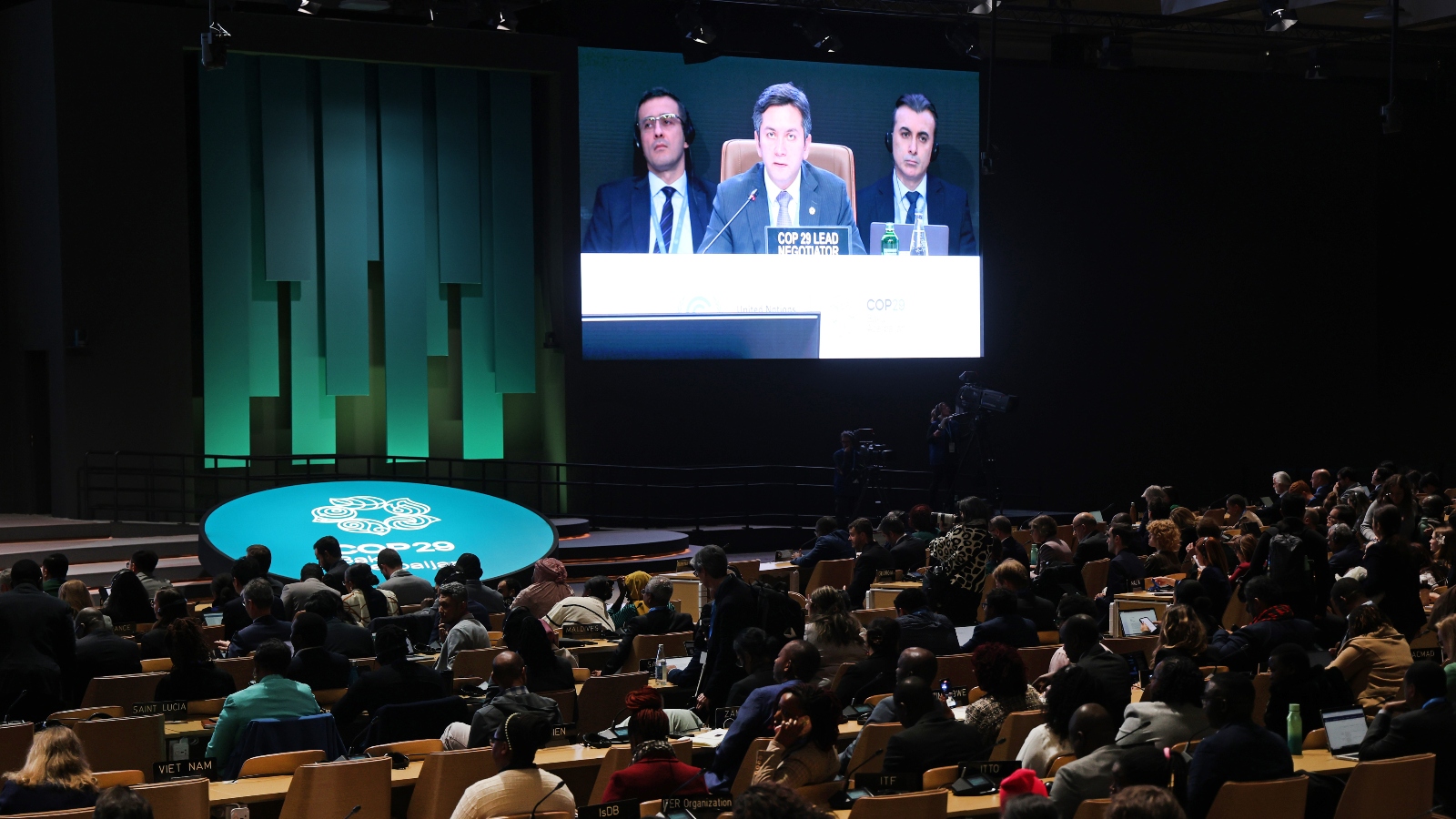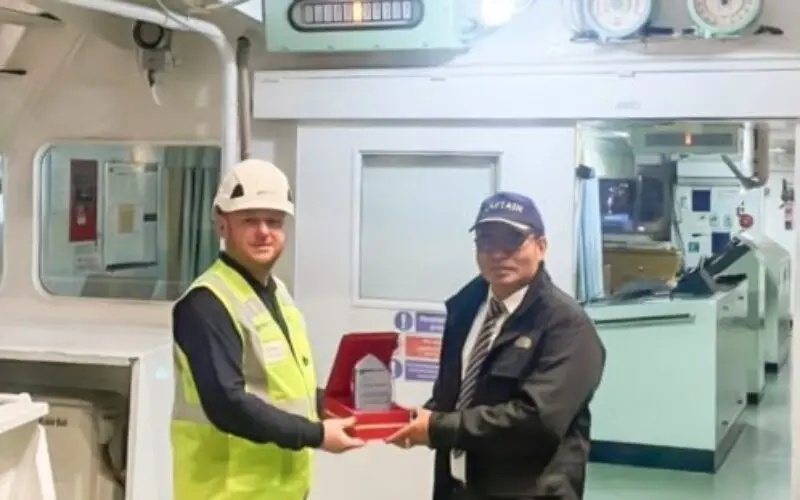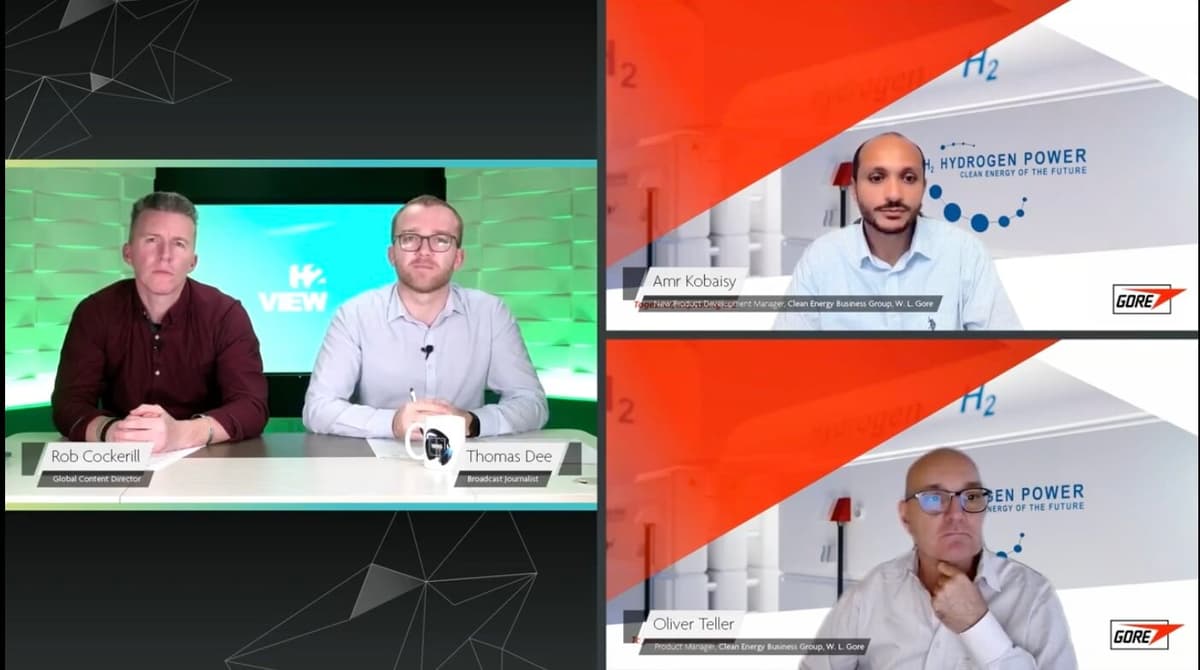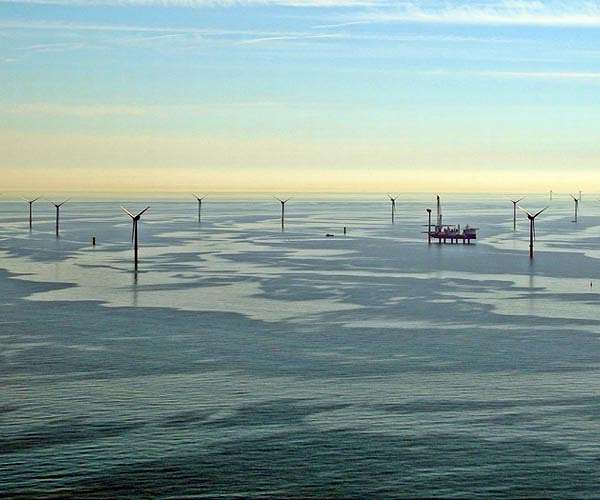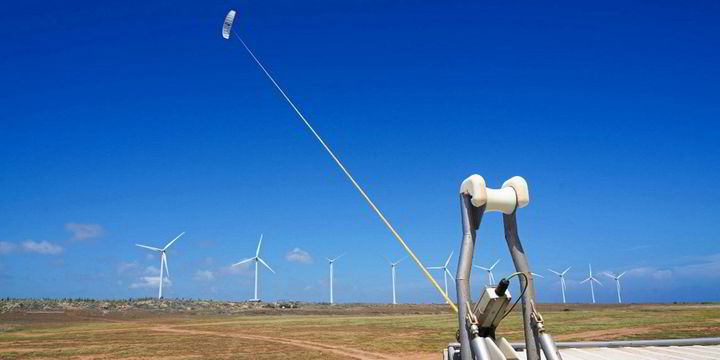
As war and climate change-fuelled natural disasters become more common, Nato is funding developers of surveillance technology for offshore wind farms, as well as micro wind generator manufacturers, to boost energy security.
The military alliance has recently doubled the network of “accelerator sites” participating in its Defence Innovation Accelerator or ‘DIANA’ programme, launched last year to “solve critical defence and security challenges”.
Through a $1bn fund, Nato is supporting 44 start-ups – chosen from 1,300 applicants – with “access to defence expertise and investors,” along with training, funding and commercial advice to help them grow their business.
The DIANA programme includes a “six-month, hands-on boot camp consisting of ten modules custom-designed for early-stage start-ups” at the accelerator sites.
It hopes to turn companies into “viable dual-use ventures,” establishing the “interrelations between the commercial and defence markets to establish a robust dual-use business model.”
Nato announced in March that DIANA’s network will now comprise 23 accelerator sites – up from 11 previously – and 182 test centres (up from 90) across 28 Allied countries.
Article continues below the advert
One of the key areas it is looking for solutions in is “sensing and surveillance” for subsea offshore zones, including undersea infrastructure monitoring for infrastructure such as offshore wind farms.
Nato has accepted three start-ups into the programme with technology targeted at offshore wind infrastructure.
Belgian company dotOcean has developed what it says is the “first cloud-based surveillance radar network,” enabling “perimeter surveillance for wind farms” and other infrastructure.
A French developer, Elwave, claims to be the “world’s first and only company to offer products and systems based on innovative ‘electric sense’ technology” – inspired by the electrical sensory perception of some tropical fish – that it says can help monitor offshore infrastructure including wind farms.
Another company, Seadar, claims it has developed the “first subsea radar system capable of detecting, geolocating and mapping all forms of metallic materials above and below the seafloor.”
This technology could it says be used to conduct surveys of sites for the installation of offshore wind platforms, “opening new areas for licensing which have hitherto been precluded due to the presence of legacy munitions, wrecks, and other metallic debris littering the seafloor, which current technology cannot efficiently locate.”
Micro wind solutions for energy resiliency
Another key security challenge Nato aims to address through the programme is energy resiliency.
It seeks technology that “can provide rapid and sustained power to critical facilities in the aftermath of a natural disaster or during a crisis, including conflict” – events it said are becoming “more frequent and severe.”
“Efficient means to re-establish power to hospitals or power emergency shelters and camps in the aftermath” of such events is now more critical than ever, it said.
“Self-contained power systems, such as micro-grids, that are quickly installed and maintained by a small team and operated independently of existing, compromised or threatened infrastructure would be highly valuable.”

Nato is therefore eyeing green power solutions coupled with energy storage to address this need.
Three of the start-ups it is supporting are developers of micro wind power solutions, including Dutch developer Kitepower, whose Hawk and upcoming Falcon models have 30KW and 100KW power ratings, respectively.
The flying wind power generator uses up to 90% less material than conventional wind turbines and can be installed in less than 24 hours and operated “out-of-the-box,” claims Kitepower, which has been working with German utility RWE to test its machines.
Iceland-based Icewind is meanwhile developing “robust vertical axis wind turbines, designed to withstand all weather conditions and be installed in even the most remote locations,” while Italy’s WPE Research & Development has also developed a microturbine model.
Aside from wind power, Nato is also backing Canada’s AquaGen, whose “Barracuda” system is marketed as a “lightweight, high power density” technology designed for an “untapped energy resource: shallow slow-moving streams and rivers.”
Zelestium, a developer of aluminium-ion and aluminium-air battery cells, has also been accepted into the DIANA programme.


